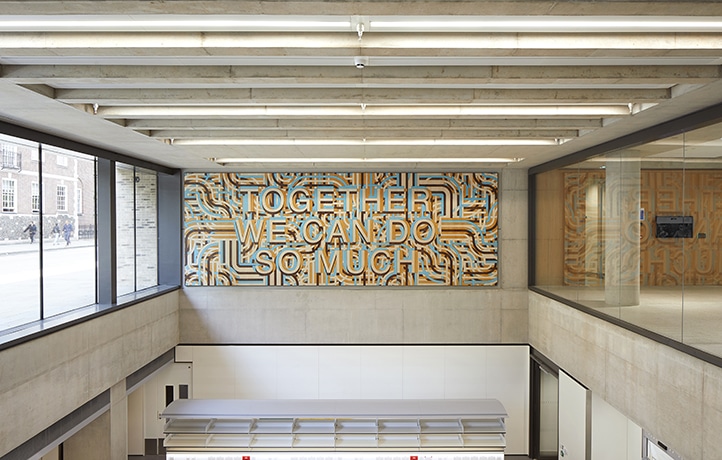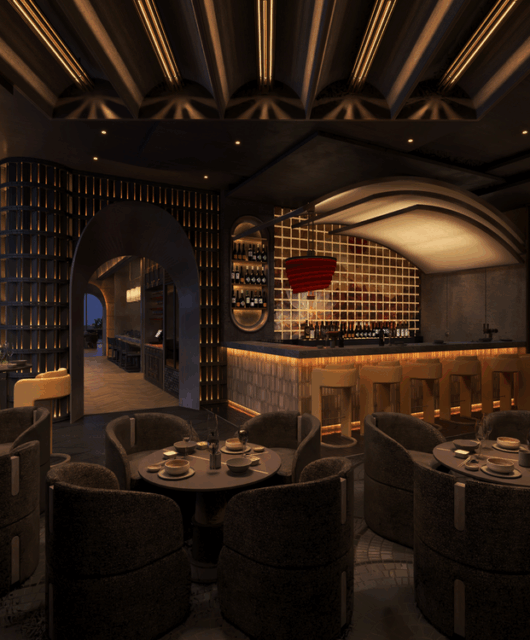Zayed Centre for Research in London by Stanton Williams is a new urban beacon of science and design
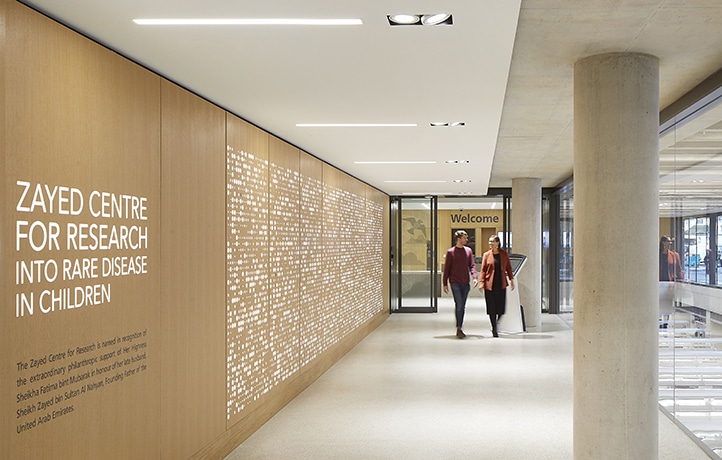 Dedicated to delivering world class research together with new treatments and therapies, the Zayed Centre for Research by award-winning architectural practice Stanton Williams into Rare Disease in Children for Great Ormond Street Hospital Foundation Trust, University College London and Great Ormond Street Hospital Children’s Charity is the world’s first purpose-built centre dedicated to paediatric research into rare diseases.
Dedicated to delivering world class research together with new treatments and therapies, the Zayed Centre for Research by award-winning architectural practice Stanton Williams into Rare Disease in Children for Great Ormond Street Hospital Foundation Trust, University College London and Great Ormond Street Hospital Children’s Charity is the world’s first purpose-built centre dedicated to paediatric research into rare diseases.
The public-facing research facility in the heart of London’s Knowledge Quarter is conceived as a holistic space where science, city and human lives come together. Inside, the Zayed Centre for Research is organised around two connected ‘hearts’, an outpatient zone and a research zone, each planned as layered volumes around a daylit atrium. Across eight storeys the building provides academic research workspace, seminar and meeting spaces, specialist laboratories, and outpatient clinics for children and young people.
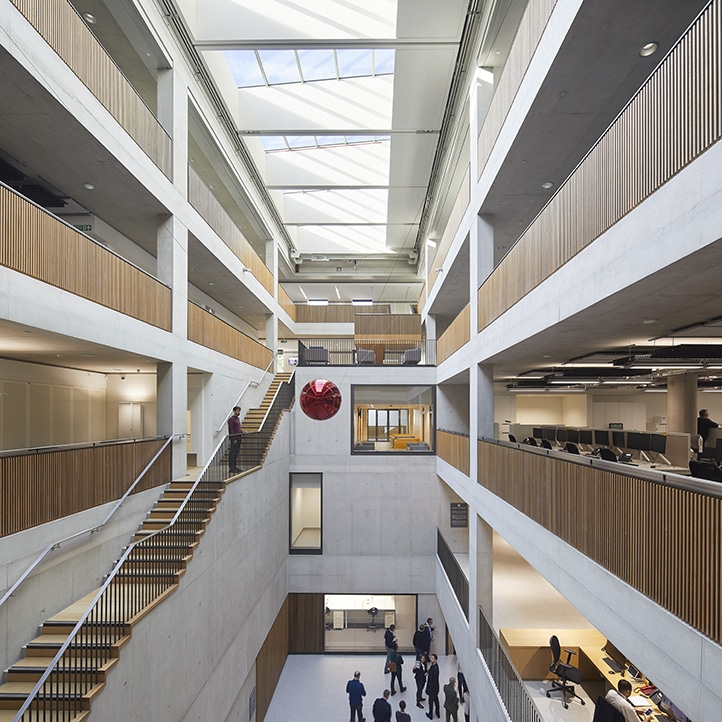
Gavin Henderson, principal director at Stanton Williams, said: “The opportunity to work with Great Ormond Street Hospital, UCL and GOSH Charity to make a building that was about science and medical care in the heart of the city on such a public and symbolic site opposite Coram’s Fields seemed very powerful. We felt very strongly that we wanted to give public visibility to science and allow people in the public realm to understand what the building was about and give a sense of the life-changing activities taking place inside.”
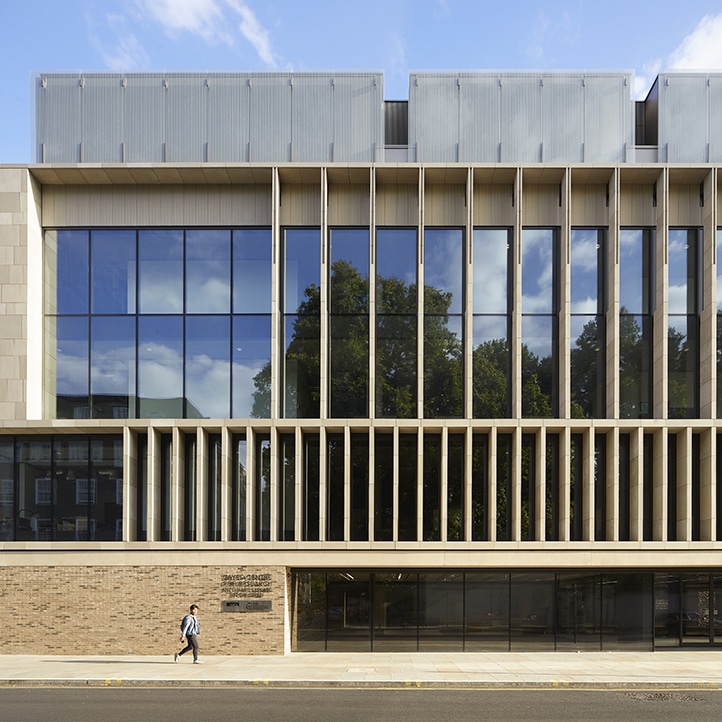
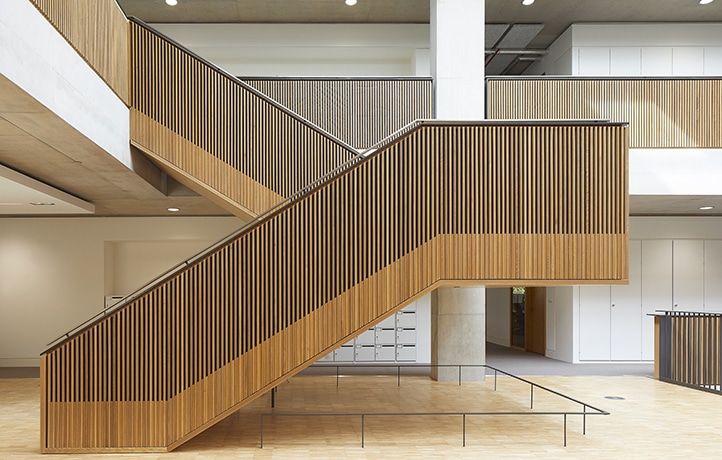
Designed to high energy efficiency standards, the Zayed Centre for Research has achieved BREEAM Excellent certification and is intended to produce 35% less carbon emissions than required under the Building Regulations.
Images: Stanton Williams

